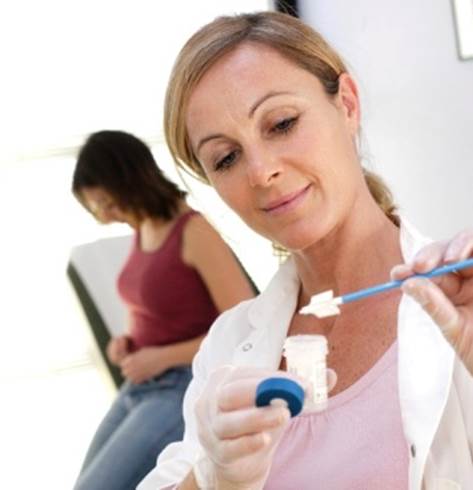The dental check-up
How often? Between three months for those
with active disease and two-years for those with a very healthy mouth.
What happens: your dentist will look at
your neck and face and feel under your jaw. They’ll examine your mouth and
check your teeth have no signs of decay, erosion or damage, and that previous
work is sound. You’ll also be checked for signs of gum inflammation or disease.
Then they’ll explain any treatment, your options and the cost. ‘the outcome of
a check-up is usually less than people expect,’ Dr. Carter says. ‘it may just
be a scale and polish and possibly small fillings.’

Between
three months for those with active disease and two-years for those with a very
healthy mouth.
Take control: make sure you eat before you
go to avoid feeling faint in the chair. Listening to music while you’re having
treatment may help.
Don’t put it off because...
Gum disease has been linked to cancer,
heart disease and pregnancy complications, ‘regular check-ups will also reduce
the risk of needing expensive restorative work later in life,’ says Dr. Carter.
The smear test
How often? Routine smears are recommended
every three years for women who are over 25 and every five years for women who
are over 49.
What happens: a cervical smear takes about
10 minutes. You lie on the couch and the doctor or nurse will ask you to bend
your knees up and let your legs flop out. They will then insert a plastic
instrument called a speculum, which is usually covered in lubricating jelly. This
is opened up and they’ll brush a tiny brush on the cervix to collect cells. If
you need sti swabs, these can be taken at the same time.

Routine
smears are recommended every three years for women who are over 25 and every
five years for women who are over 49
Take control: go mid-cycle and don’t worry
if you haven’t had a wax! ‘we aren’t bothered that you haven’t shaved your legs
or aren’t in your best pants,’ says Dr. Mckenna.
Don’t put it off because...
Cervical cancer has no symptoms in its
early stages, and women tend to dismiss common signs. A study by Jo’s cervical
cancer trust found that just 33 per cent of women would see a gp if they
experienced a symptom of cervical cancer, such as irregular bleeding or painful
sex.
The skin check
How often? About once a year, and
preferably in winter when you’re less likely to have a tan.
What happens: the check starts with some
background history to assess your risk. You’ll then change into your underwear
to allow the nurse to check your skin from top to toe. ‘we photograph any
lesions that don’t meet nice guidelines,’ explains Rebecca max well, a
screening nurse at the mole clinic (themoleclinic.co.uk), ‘then we’ll go
through guidelines on preventing and detecting skin cancer.’ you’ll receive
your results via email or post one to three days later.

About
once a year, and preferably in winter when you’re less likely to have a tan
Take control: nervous? Don’t be shy. ‘ring
beforehand to ask any questions you have,’ tips Rebecca.
Don’t put it off because...
Skin cancer has more chance to spread the
longer it’s ignored, and if left untreated, it can be fatal.